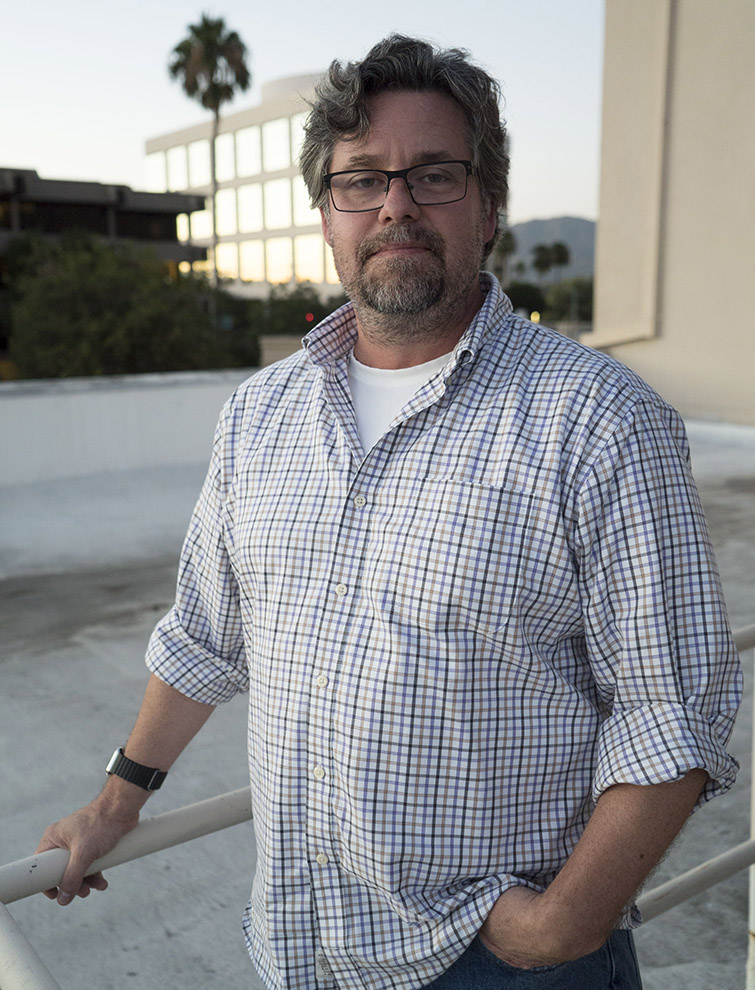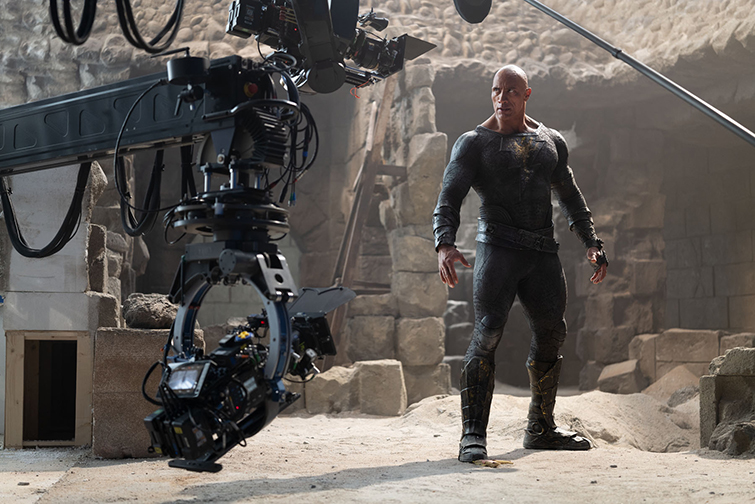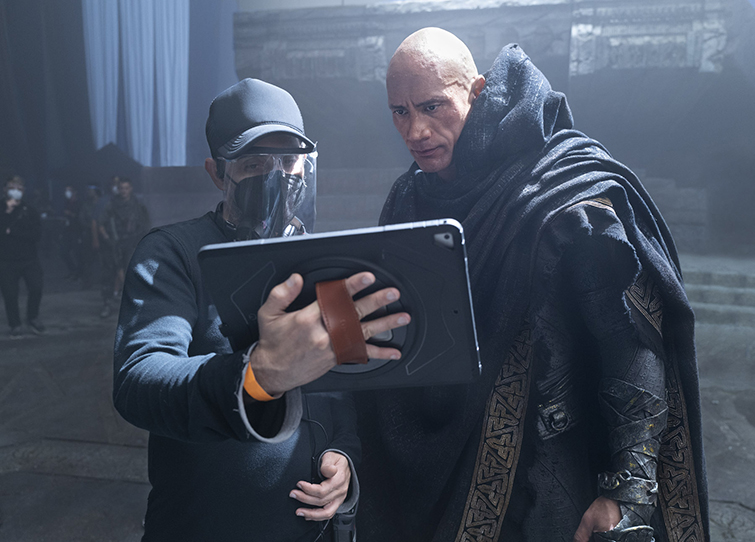
The Art of Editing Superhero Films with Editing Team Behind ‘Black Adam’
An interview with Mike Sale, ACE about his work on the editing team behind one of perhaps the most ambitious superhero films ever.
In the film world, as with any art or commercial endeavor, it seems that the goal of every new project is to find a way to blow the previous best version out of the water. We see this directly with the superhero genre of films itself, as every new feature feels bigger, better, and has even higher stakes than before.
While the debate of Marvel vs. DC (or perhaps even Marvel vs. A24) might rage on, the minds behind DC comics have finally brought one of their most powerful superheroes to the big screen with the cinematic debut of Black Adam — of course, portrayed by Dwayne “The Rock” Johnson.
But how does The Rock’s latest forays into superhero action stack up compared to the rest of the uber-popular current genre? And, from a filmmaking and editing perspective, how does one (or, in this case, a team) help make this hero bigger and better than all the rest?
We chatted with Mike Sale, ACE, about his work as part of the editing team alongside John Lee to learn the tricks and tips he has to share for crafting an all-powerful anti-hero who can still endure with audiences.
PremiumBeat: First, what video editing platform did the team use for the film? What was your specific workflow? (Any other apps or extensions?)

Michael L. Sale: Picture editing was done on Avid. But this is a huge film that involved thousands of people working on many different applications. The basic workflow is unchanged. All media is input into the Avid system and distributed to other departments.
Our thoughts: Like most big-budget films in Hollywood, Black Adam was cut on Avid, one of the best legacy platforms for high-end video editing. And while more and more editors might be embracing other NLEs like Premiere Pro, DaVinci Resolve, or Final Cut Pro, it’s no surprise to see a seasoned editing veteran use Avid for such a big project.
This is especially when you start to bring in a multi-department approach for these mega-blockbuster superhero films, which require lots of communication and sharing between different visual effects teams and managers.
PremiumBeat: How does one approach putting together an anti-hero origin story? How do you problem-solve fitting in all relevant backstories and exposition?
Sale: That is certainly a very difficult task. We made many iterations of Black Adam over the past year. We not only wanted to fit it all in, but we wanted it to land emotionally. I think this is the most emotional version. It would have been an easy story to make Black Adam arc into a hero by the end, but we wanted to stay true to the character.
Our thoughts: One of the interesting appeals of what could be called a “new” superhero movie (new to mainstream theatrical audiences, not comic book fans, of course) is that it means that the filmmakers and editors have a great opportunity to build an origin story.
It’s also challenging because origin stories require quite a bit of exposition in the first act, so a lot of the narrative storytelling has to be focused on just background information instead of just the arcs for the film’s main plot. Throw in an anti-hero angle, and it’s a powder keg of possibilities.
PremiumBeat: Black Adam mixes a fun blend of comedy, VFX, jump cuts, and music; how did you find the right balance for maintaining the right pacing and tone?

Sale: The balance of tone is critical in any genre. We used audience testing to make sure that the tone of comedy and pacing was correct. In a movie with many elements, it’s important to be disciplined and pick your spots for comedy. You must keep the music fresh, not redundant, and keep the pace moving without sacrificing emotion.
Our thoughts: As with any film (superhero or regular), movies work best when they find the right balance. There are so many filmmaking crafts and genre elements that are mixed into projects these days that it can be pretty challenging for an editor to know and understand every aspect.
Yet it requires great and all-encompassing film knowledge to build that right mix of comedy, visual effects, and editing techniques to give a film that right pacing, tone, and balance.
PremiumBeat: What are your thoughts on working in this current superhero film genre? Where do you see these types of projects evolving in the future?
Sale: I like that superhero movies are evolving and expanding the range of characters and stories you can tell. I think superhero movies are great to watch live in theaters, and they will become bigger and better! Because the action can be elevated by supernatural abilities, they offer a great cinematic experience.
Our thoughts: Speaking personally, this was fascinating to hear from one of the editors of one of the year’s biggest superhero films. Black Adam is about as ambitious of a project as they come, and it’s interesting to hear how the creative professionals behind the scenes are balancing both new and old expectations of the genre — as well as trying to push them into the future.
In many ways, audience expectations change very fast; people don’t always want to see more of the same. Even superhero films — which can at times feel very formulaic — with such high stakes need to push past old limitations and find new ground to cover and explore.
PremiumBeat: If you could give any advice to aspiring video editors looking to work on their ambitious projects, what insights might you offer?

Sale: Be relentless. Be creatively honest. Don’t stick with the mediocre version. Push the material and take chances. Strive for greatness.
Our thoughts: For anyone starting on their journey in film and content, this is honestly the best advice you can get. It takes a tireless work ethic to succeed in this industry, and requires lots of passion and creativity. However, you’ll get more chances if you work hard and develop your own authentic, honest, creative vision.
So, when you go out to edit your next project (or shoot your next short or commercial project), strive for greatness, take chances, and don’t stick with the mediocre.
For more filmmaking tips, advice, and inspiration, check out these additional articles below.





